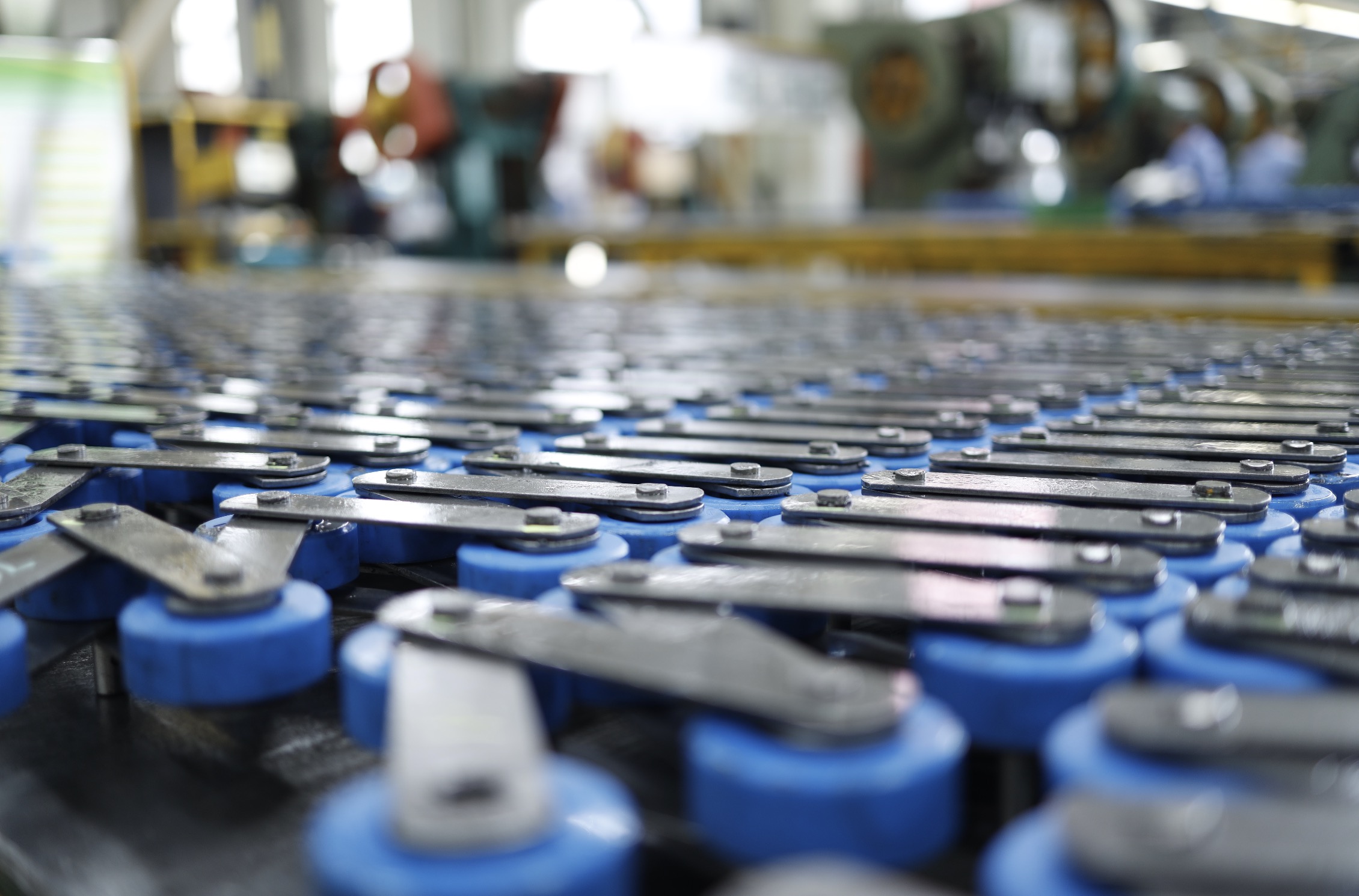Removing a roller chain involves a systematic approach to ensure safety and efficiency. This guide provides a comprehensive overview of the process, including safety measures, necessary tools, and step-by-step instructions.
Safety Measures to Consider Before Removing Roller Chains
Wear Protective Gear
Before beginning the removal process, ensure you are wearing appropriate protective gear, including safety glasses, gloves, and steel-toed boots. This will protect you from potential injuries caused by sharp edges or heavy components.
Secure the Area
Make sure the area around the roller chain is clear of any obstructions. Secure the machinery or equipment to prevent accidental movements that could cause injury. Use lockout/tagout procedures to ensure the equipment cannot be accidentally powered on during the removal process.
Use Proper Tools
Having the correct tools for the job is essential for both safety and efficiency. Using improper tools can lead to accidents and may damage the chain or equipment. Make sure all tools are in good working condition before starting.
How to Remove Chain in 4 Steps
Step 1: Identify the Chain Type and Understand Its Construction
The first step in removing a roller chain is to identify the type of chain and understand its construction. The three most common chain types are:
- Chain with a master link
- Cottered chain without a master link
- Riveted chain without a master link
Understanding the construction of the chain will determine the removal approach and the necessary tools.
Step 2: Prepare Tools & Equipment
Depending on the chain type, different tools and equipment may be required:
- Chain with a Master Link: Use master link removal pliers and optional pressing equipment.
- Cottered Chain: Use cotter pin removal tools and optional pressing equipment.
- Riveted Chain: Use an angle grinder for removing pin rivet heads and pressing equipment such as hydraulic presses or chain breaker tools.
Ensure you have the appropriate tools and equipment based on the chain type and size before proceeding.
Step 3: Support and Secure the Chain
Use C-clamps or block and tackle to support the chain and restrict movement. This is particularly important for heavier chains to prevent accidents and facilitate easier removal.
Step 4: Disconnect the Chain
For chains with a master link, use the master link removal pliers to disconnect the link.
For cottered chains, remove the cotter pins using the appropriate tools.
For riveted chains, use an angle grinder to remove the rivet heads, then use a chain breaker or hydraulic press to push out the pins.
How to Take Links Out of a Chain
Step 1: Identify the Link to be Removed
Determine which link or links need to be removed to achieve the desired chain length.
Step 2: Prepare Tools
For removing a chain link, you will need chain breaker tools, pliers, and potentially an angle grinder if dealing with riveted chains. Ensure all tools are properly sized to the chain.
Step 3: Secure the Chain
Use a chain vise or similar device to hold the chain securely in place. This will make the process of removing chain links easier and safer.
Step 4: Remove Chain Link
Use the chain breaker tool to push out the pin connecting the links you want to remove.
For riveted chains, first, grind off the rivet head before using the chain breaker.
Once the pin is removed, separate the links to remove the desired section of the chain.
Knowing how to remove chain links properly ensures the chain’s integrity and safety.


